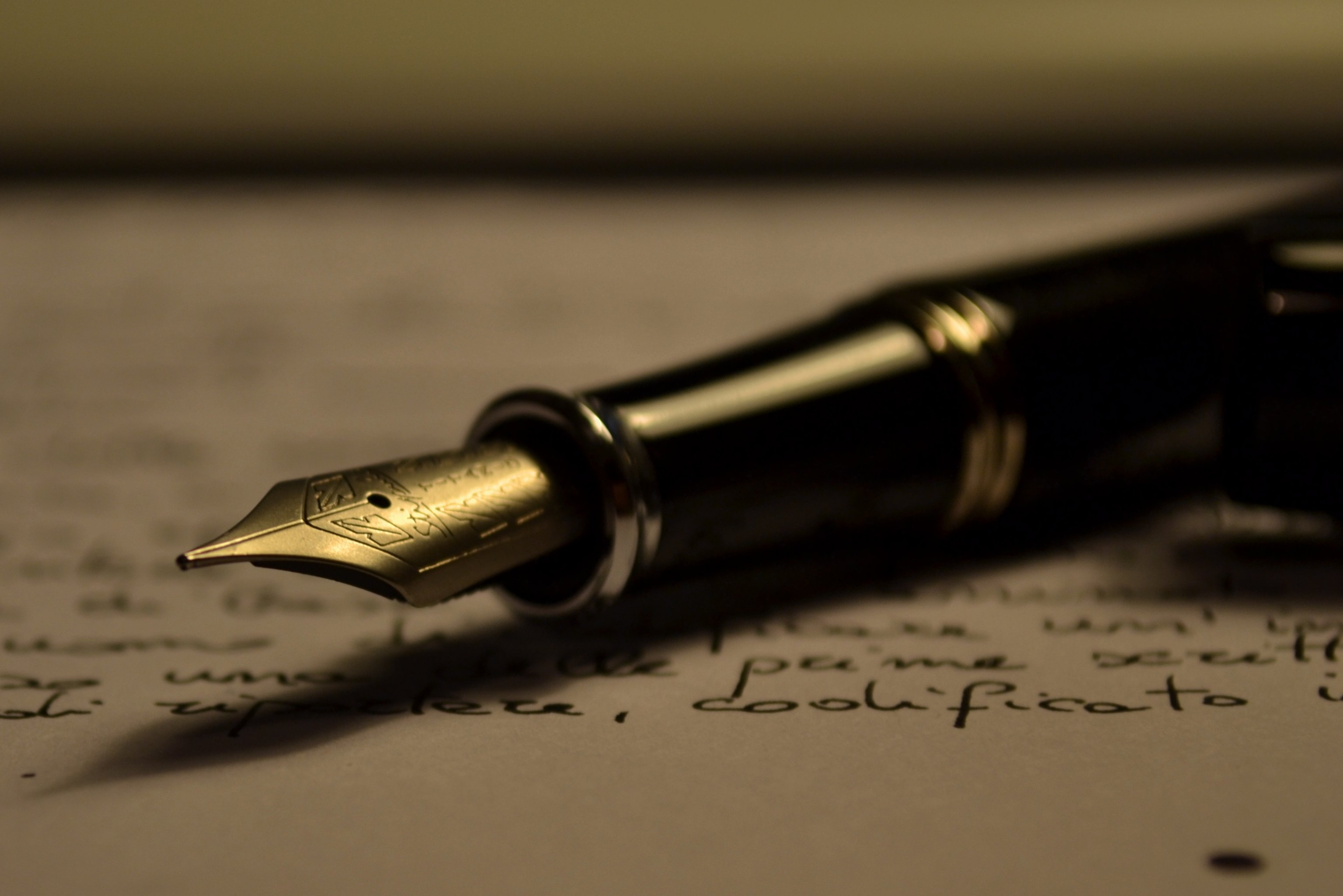The movement of money, resources, and wants controls whatever is happening in the world. It created the Great Depression out of nothing, and similarly created money out of nothing. Our name for this powerful force is Economics, the subject of the article.
When asked what economics is, many people find it impossible to describe. Economics is not about money; it has nothing to do with money. Economics is whatever people need or want, lose or gain. It is driven by human wants and needs. The basic problem of economics is unlimited wants constantly battling limited resources. Some people may never admit they really want anything, but anybody, negating outside influences, would take the world if it was offered to them. Nobody escapes making economic choices every day, even if they lived in a cave and foraged for vegetables. Going to work/school on a given day is an economic decision; if you decided just to relax at home all day without telling the boss/teacher, you might get in trouble, but you would get enjoyment from a day off.
Economics is driven by producing, selling and buying. There are three basic economic models. The first one is controlled market economy, where the government owns all the businesses. Governments try to keep as many jobs as possible, and tend to be very inefficient. An open market economy is where there are no rules. Although that might sound good, open market businesses never go for things that will lose them money, so as a result hospitals would be crazily expensive and there would be virtually no public transport.
The problems with both of these models can be solved by making a mixed market economy, where the businesses are private and the government makes some rules. Some problems include excessive paperwork for companies and less competition compared to open market, but this system was historically the most efficient and most countries have it.
I recently watched a video about economic models explained with cows. You have two cows. If the State takes them and gives you some milk, you have a controlled economy. If you trade one for a bull, multiply your herd and retire with lots of money, that's capitalism or a mixed economy. If you trade one for vegetables and use milk from the other to "pay" your rent for housing, that's more like Marxism, a Utopian vision which has not gone much farther than being a generation-old dream and has never been tried out. To find more examples, check the link below.
http://www.youtube.com/watch?v=mSl-_UVMXpc
When asked what economics is, many people find it impossible to describe. Economics is not about money; it has nothing to do with money. Economics is whatever people need or want, lose or gain. It is driven by human wants and needs. The basic problem of economics is unlimited wants constantly battling limited resources. Some people may never admit they really want anything, but anybody, negating outside influences, would take the world if it was offered to them. Nobody escapes making economic choices every day, even if they lived in a cave and foraged for vegetables. Going to work/school on a given day is an economic decision; if you decided just to relax at home all day without telling the boss/teacher, you might get in trouble, but you would get enjoyment from a day off.
Economics is driven by producing, selling and buying. There are three basic economic models. The first one is controlled market economy, where the government owns all the businesses. Governments try to keep as many jobs as possible, and tend to be very inefficient. An open market economy is where there are no rules. Although that might sound good, open market businesses never go for things that will lose them money, so as a result hospitals would be crazily expensive and there would be virtually no public transport.
The problems with both of these models can be solved by making a mixed market economy, where the businesses are private and the government makes some rules. Some problems include excessive paperwork for companies and less competition compared to open market, but this system was historically the most efficient and most countries have it.
I recently watched a video about economic models explained with cows. You have two cows. If the State takes them and gives you some milk, you have a controlled economy. If you trade one for a bull, multiply your herd and retire with lots of money, that's capitalism or a mixed economy. If you trade one for vegetables and use milk from the other to "pay" your rent for housing, that's more like Marxism, a Utopian vision which has not gone much farther than being a generation-old dream and has never been tried out. To find more examples, check the link below.
http://www.youtube.com/watch?v=mSl-_UVMXpc




